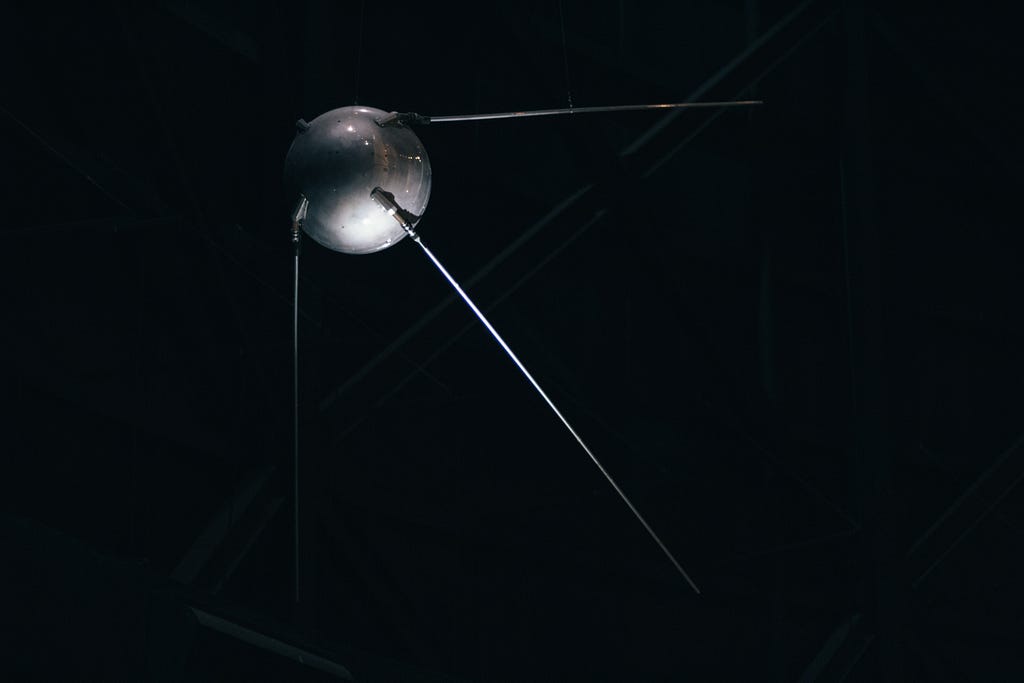

Nowadays, it’s a common sight to witness numerous satellites gracefully orbiting the Earth, serving a multitude of purposes, from communication and navigation to weather forecasting and scientific research. Yet, amid this bustling network of artificial celestial companions, it’s easy to overlook a remarkable milestone in human history — the launch of the very first satellite to grace our planet’s skies. This pioneering achievement not only marked the inception of the space age but also triggered a cascade of transformative events that would forever alter the course of science, technology, and geopolitics. So, in the midst of this bustling satellite era, let’s journey back to a time when the idea of an artificial satellite was but a dream, and delve into the captivating tale of the world’s inaugural space traveler:
The world’s first artificial satellite, Sputnik 1, marked a monumental leap in human history. Launched by the Soviet Union on October 4, 1957, this tiny spherical object forever changed the course of space exploration and the geopolitical landscape. In this narrative, we delve into the remarkable story behind the creation and launch of Sputnik 1, exploring its historical context, scientific significance, and the profound impact it had on the world. The launch of an artificial satellite became a symbol of technological superiority.
The idea of launching an artificial satellite was not new, but it was Sergei Korolev, a visionary Soviet scientist and engineer, who turned this dream into reality. Under the utmost secrecy, Korolev led a team of brilliant scientists and engineers to design and build Sputnik 1. The satellite was a 58-centimeter diameter sphere equipped with four long antennas and a battery-powered radio transmitter.
On that momentous day in October 1957, the world held its breath as the Soviet R-7 rocket carried Sputnik 1 into orbit. When the satellite’s radio signal was received on Earth, it confirmed that humankind had entered the space age. Sputnik 1 completed an orbit around the Earth every 96 minutes, emitting a radio signal that could be heard around the world. It’s simple beeping was a potent symbol of Soviet technological achievement.
Sputnik 1’s launch sent shockwaves throughout the world. Beyond its geopolitical implications, Sputnik 1 made significant contributions to our understanding of Earth’s upper atmosphere. Its radio signals allowed scientists to precisely measure the density of the Earth’s atmosphere and gather data on the ionosphere. This data, in turn, helped in the development of global positioning systems (GPS) and satellite communications.
Sputnik 1’s mission lasted only 21 days before it burned up upon reentry into Earth’s atmosphere. However, its legacy endures. It paved the way for countless subsequent satellite missions and laid the foundation for modern space exploration. Sputnik 1 remains a symbol of human achievement and a reminder of the power of scientific curiosity and innovation. Its launch marked the beginning of an era of space exploration that continues to captivate our imagination and drive our quest to explore the cosmos.
Follow me to stay updated on upcoming geospatial articles! 🔔
Thank you for reading this article. :)